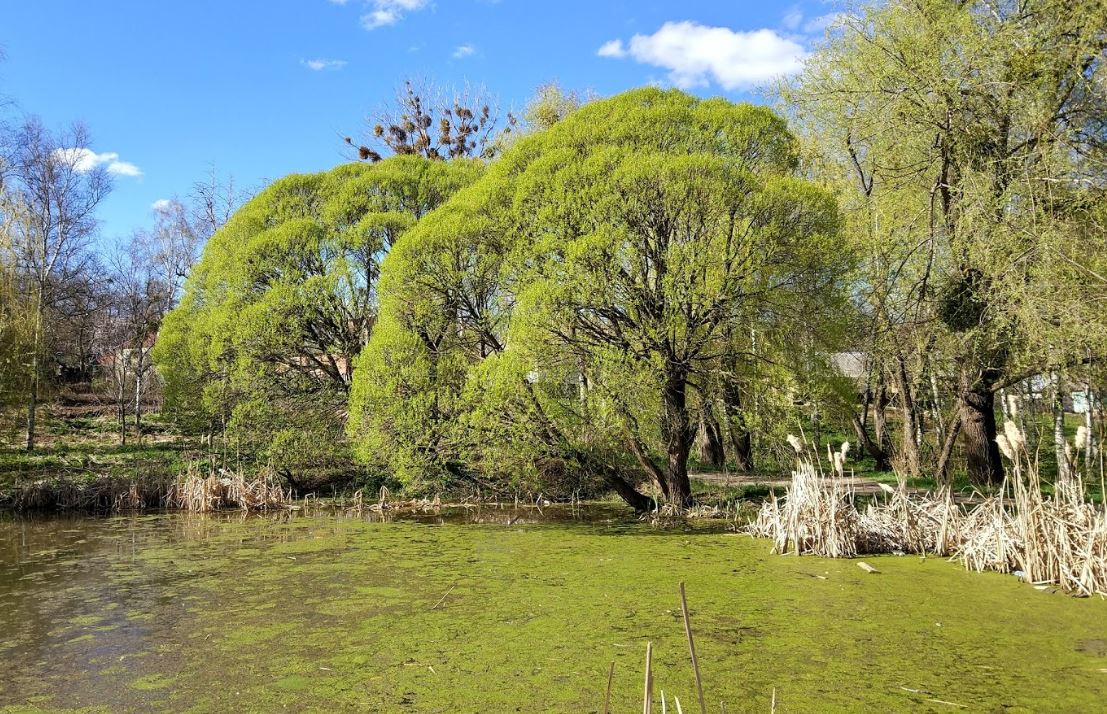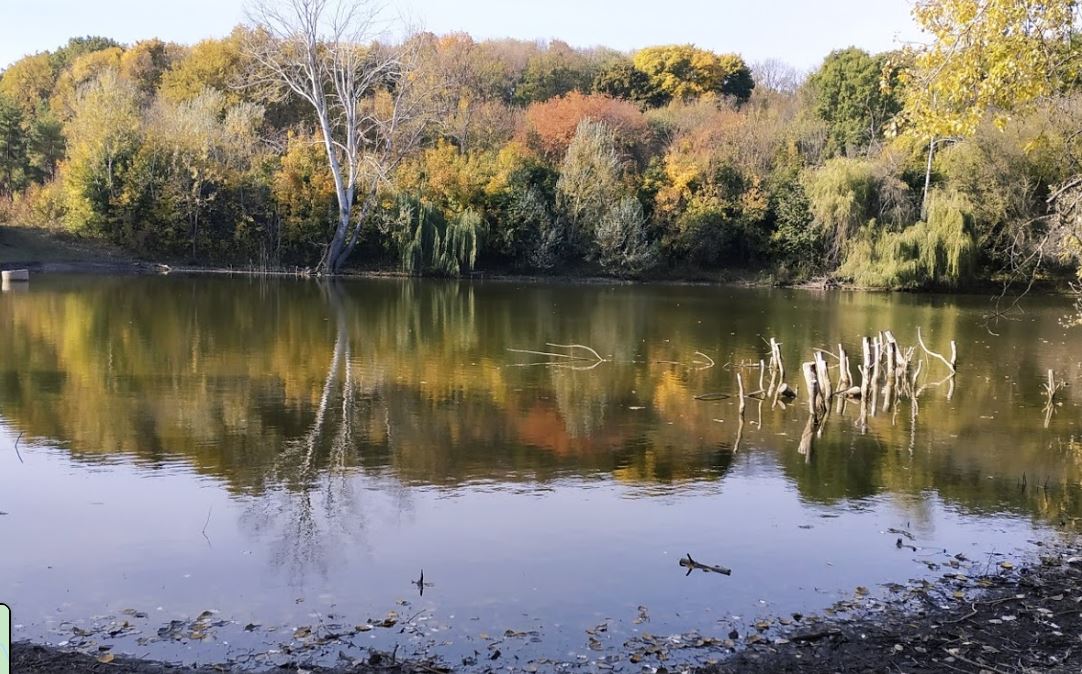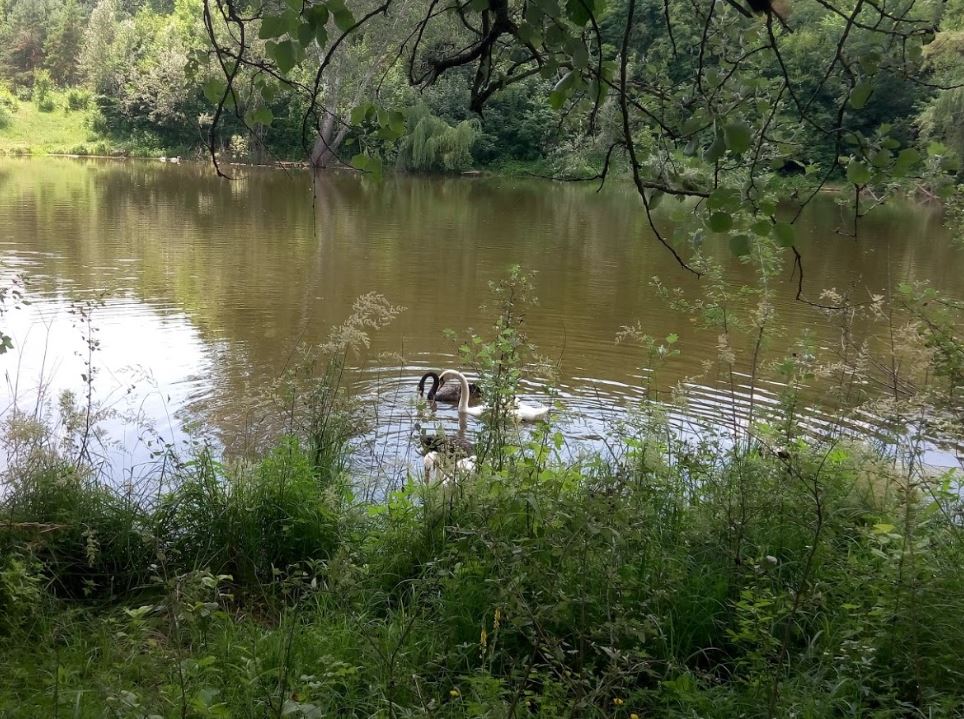At the time of the Battle of Poltava, this area was a dense virgin oak. The forest of Yakivchansky passed in oak on the monastery. During World War II, the Green Block was cut by the National Socialists. Construction of the park began in April 1962. Cabinet decision of March 4, 1962 "On the placement of 9 demonstration gardens in the regional centers of Ukraine" envisages the establishment of a dendropark in Poltava.
From 13 to 14 April, a 17-hectare park was created. In March 1963 it was included in the list of botanical gardens and nurseries in Ukraine. The project was initiated by the city's main architect Lev Wengort and gendarmerie Ya Yatsenko, who gave the park 40 years of her life.
The planning plan for the areas of the steppe forests and the Ukrainian oak forests was developed by the main architect of the city Lev Semenovich Wengort and landscape architect VV Zhikherev. The agriculture project in the rest of the region was carried out by the gendarmerie Ya Yatsenko on the advice of the tree department of the Botanical Garden of the Academy of Sciences of the USSR, Professor LI Rubtsov.
The nursery of Ukraine sent "Trostyanets", "Sofiyivka", "Alexandria" agricultural material, on the basis of which a group of species of trees and shrubs were created - more than 200 species.
Since 1977, according to the decree of the State Committee of Nature of the USSR, it has been declared protected by a monument to natural art of national importance. In 1987, the All-Union Gardens Competition was held, where Poltava City Park (Dendropark) finished second after Izmailovsky Park in Moscow. In 1990, the park received a state of the art landmarks of landscape art of national importance.
x
T
R
F
I
H
I
We have 16614 Parks Now ... The First and largest platform for green public parks
Полтавський міський парк
Полтавський міський парк
Poltava, Poltava Oblast, Ukraine, 36000
Every Day : 24 Hours .
About Park
-
Preview
A naturally grown park with beautiful and peaceful environmentImportant Information
-
Every Day
24 Hours -
Foundation Date
1/1/1977
-
Every Day
-
Intertainment Elements
Sports
Sitting places
Entertainment
-
Main Elements
- Cleanliness
- Green areas
- Open spaces
- Open paths for walking
- Wildlife interest




